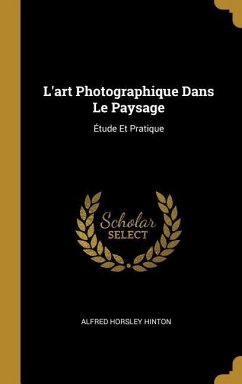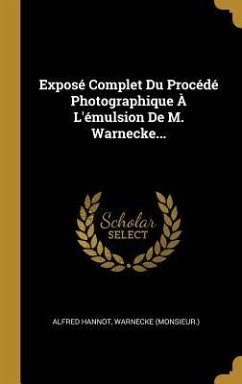Chimie Photographique, by Charles Louis Barreswil and Alphonse Davanne, offers a detailed exploration of the chemical processes underlying 19th-century photography. This book elucidates the elements of chemistry through examples drawn directly from photographic techniques, making it an invaluable resource for understanding the scientific foundations of early photography. Originally published in French, this historical text provides insight into the methods and materials used by photographers of the era. It is essential reading for anyone interested in the history of photography, the evolution of chemical science, or the intersection of art and technology. Discover the intricate chemical reactions that brought early photographic images to life in this classic treatise. This work has been selected by scholars as being culturally important, and is part of the knowledge base of civilization as we know it. This work was reproduced from the original artifact, and remains as true to the original work as possible. Therefore, you will see the original copyright references, library stamps (as most of these works have been housed in our most important libraries around the world), and other notations in the work. This work is in the public domain in the United States of America, and possibly other nations. Within the United States, you may freely copy and distribute this work, as no entity (individual or corporate) has a copyright on the body of the work. As a reproduction of a historical artifact, this work may contain missing or blurred pages, poor pictures, errant marks, etc. Scholars believe, and we concur, that this work is important enough to be preserved, reproduced, and made generally available to the public. We appreciate your support of the preservation process, and thank you for being an important part of keeping this knowledge alive and relevant.
Bitte wählen Sie Ihr Anliegen aus.
Rechnungen
Retourenschein anfordern
Bestellstatus
Storno








